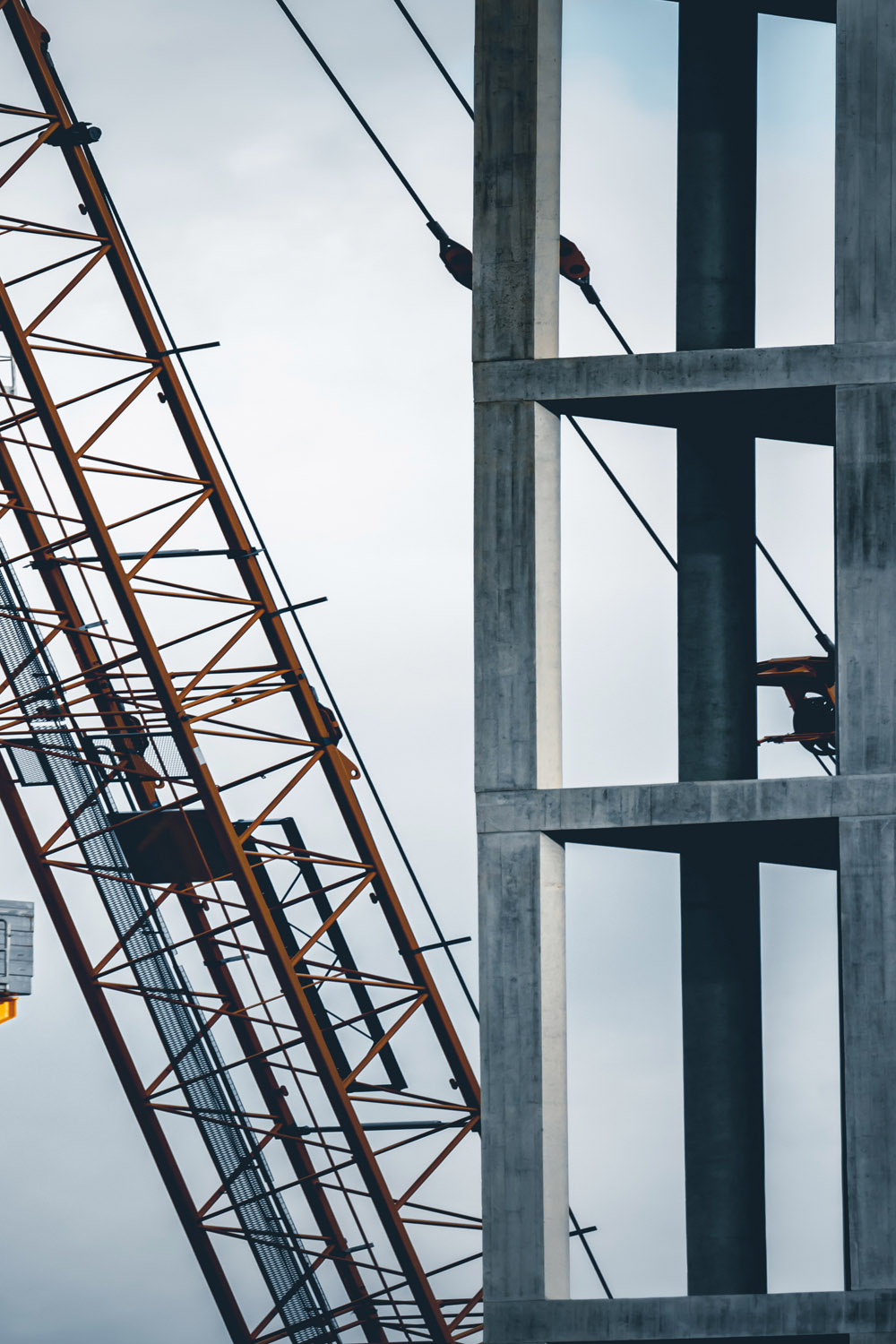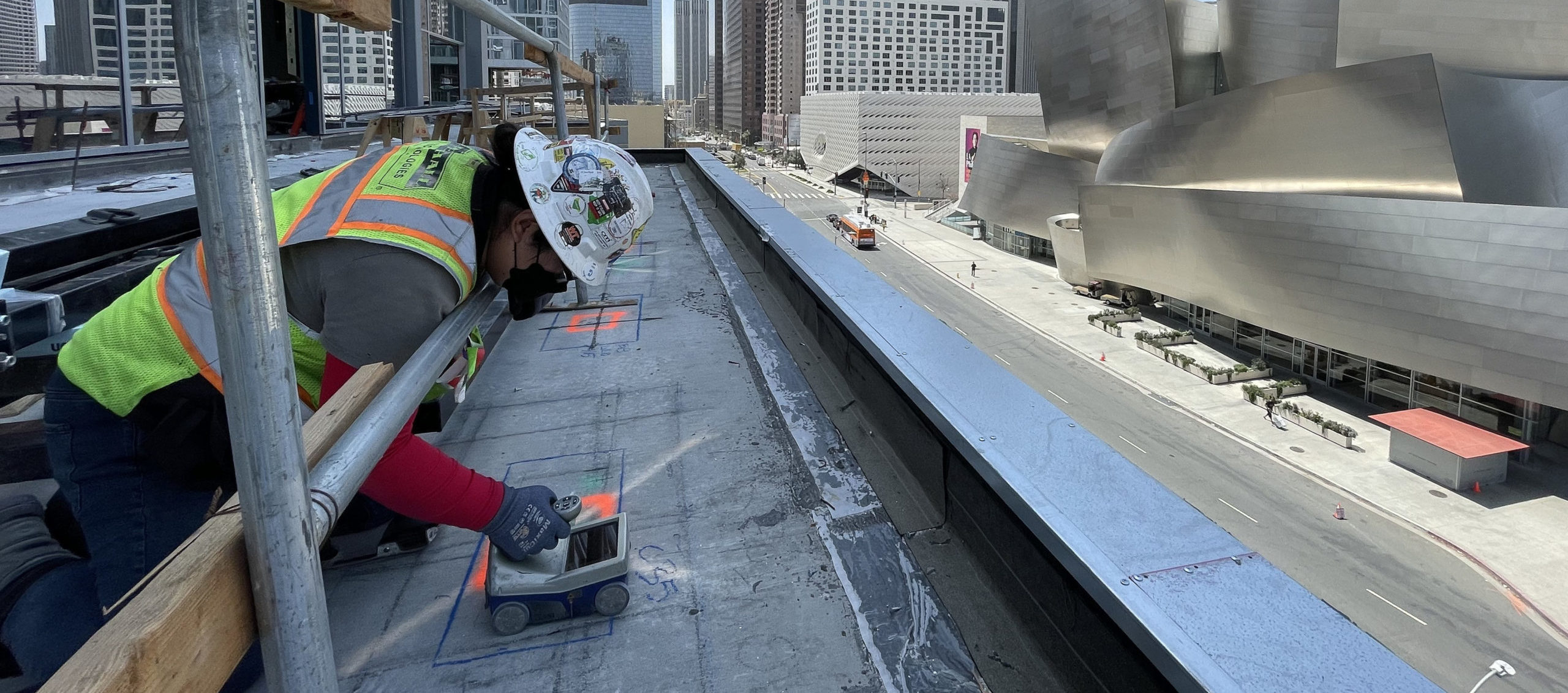Concrete Scanning: A Vital Action In The Direction Of Making Certain Architectural Stability and Safety And Security
In the realm of building and facilities maintenance, the relevance of concrete scanning can not be overstated. This precise process holds the essential to unveiling possible threats hidden beneath the surface of relatively strong structures. By using advanced innovation and approaches, concrete scanning works as an essential device in making certain that the stability and safety and security of bridges and buildings are supported to the highest possible standards. Nevertheless, past its surface-level ramifications, the function of concrete scanning expands far much deeper than satisfies the eye.
Value of Concrete Scanning
Concrete scanning plays a crucial role in making sure the structural honesty and security of structures and infrastructure tasks. By using sophisticated modern technologies such as ground-penetrating radar (GPR) and electromagnetic induction, professionals can non-destructively examine concrete frameworks to spot prospective defects, spaces, embedded things, and support format. This process makes it possible for very early discovery of abnormalities that might jeopardize the stability of a structure, preventing costly damages and ensuring the security of occupants.
Prior to boring, cutting, or coring right into concrete, scanning assists identify the exact locations of rebar, post-tension wires, and other embedded elements, lowering the threat of accidental hits that can lead to architectural weaknesses. In addition, concrete scanning aids in quality control by confirming the thickness of concrete covers and finding any disparities that may affect the total sturdiness of the structure.
Modern Technology for Concrete Inspection

Benefits of Very Early Discovery
Timely discovery of structural problems can substantially reduce dangers and ensure the long life of building tasks. By determining potential issues early in the construction process, stakeholders can take aggressive actions to resolve issues prior to they rise right into larger and a lot more costly problems. Among the vital benefits of very early detection is the avoidance of architectural failings, which can pose significant security hazards and lead to task hold-ups and financial losses.
Additionally, very early detection enables for timely repair work and upkeep, which can help prolong the lifespan of the framework. By resolving issues immediately, construction teams can avoid expensive repair work or even the demand for early substitute of structural parts. This positive method not just saves money and time however likewise boosts the total safety and durability of the building and construction task.
Additionally, early detection can enhance job preparation and decision-making by providing stakeholders with valuable understandings into the condition of the framework. Equipped with this information, job supervisors can make enlightened options pertaining to building methods, timelines, and products, causing much more efficient and successful project results.
Making Certain Structural Stability
Making sure the architectural security of a building and construction task is extremely important to its safety and longevity. Concrete scanning plays a crucial duty in ensuring structural security by detecting possible concerns such as spaces, delamination, or reinforcement deterioration that can compromise the integrity of the structure over time.
By making check my site use of advanced scanning technologies like ground-penetrating radar (GPR) and electro-magnetic induction, construction professionals can non-invasively examine concrete frameworks to determine locations of concern underneath the surface area. This aggressive approach enables the very early detection of weak points or defects, making it possible for prompt repair services or support to avoid architectural failures.
Routine concrete scanning during different building stages and throughout the life process of a structure can aid maintain its stability, mitigate threats, and ensure the security of owners. By focusing on architectural security Extra resources through concrete scanning, building and construction tasks can enhance their resilience and resilience, inevitably adding to higher security and durability.

Protecting Against Essential Failures
To protect versus devastating occasions, meticulous tracking and aggressive maintenance are necessary in avoiding crucial failures within structural structures. Finding potential concerns prior to they intensify is essential to protecting against architectural failures. Carrying out regular evaluations, such as concrete scanning, can disclose hidden flaws like gaps, cracks, or corrosion that can endanger the integrity of a structure. By using advanced scanning innovations like Ground Permeating Radar (GPR) or Concrete X-ray, engineers can non-destructively examine the problem of concrete and identify powerlessness that need reinforcement or repair work - RainierGPR Service Areas.

Verdict
In final thought, concrete scanning plays an essential duty in guaranteeing architectural stability and security by utilizing sophisticated technology for early detection of possible concerns. This aggressive method assists stop critical failings and makes certain the stability of structures. It is necessary to focus on concrete inspection as a standard practice to protect the durability and safety of structures and facilities.
Concrete scanning plays an important function in ensuring the structural honesty and safety and security of buildings and facilities projects. Additionally, concrete scanning help in top quality control by verifying the density of concrete covers and spotting any inconsistencies that may influence the total resilience of the framework. Concrete scanning plays a vital duty in making sure architectural stability by spotting possible issues such as gaps, delamination, or reinforcement rust that can endanger the integrity of the framework over time.
In verdict, concrete scanning plays an important function in guaranteeing structural stability and security by making use of sophisticated technology for early discovery of possible issues.